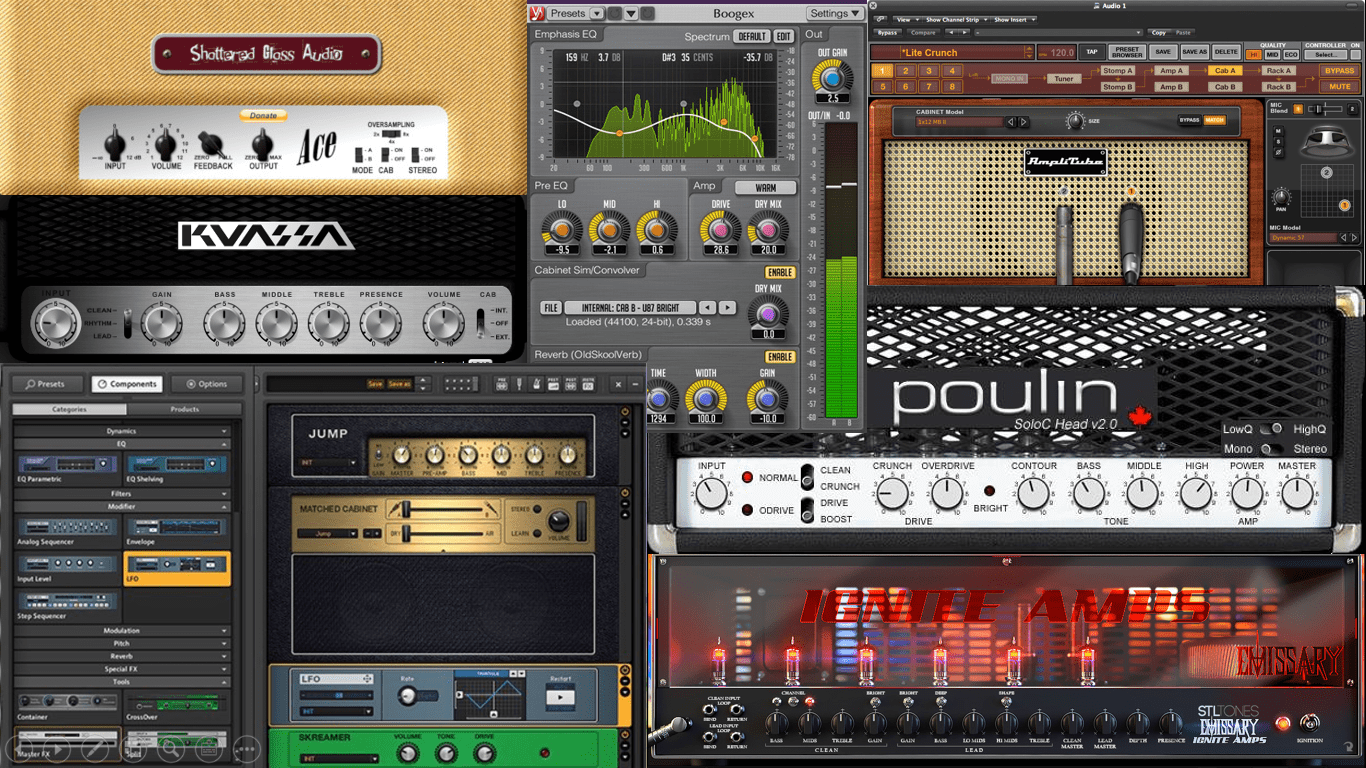

- SLATE ANTARES MIC MODELER VST FOR FREE
- SLATE ANTARES MIC MODELER VST HOW TO
- SLATE ANTARES MIC MODELER VST .DLL

So, here it is: The process of installing VSTs for Jam Kazam is NOT plug and play, unfortunately. In fact, the first reply was quite helpful to me, but there were still a few stumbling blocks. Thanks in advance for your help!I realize that this is an older thread, but having installed VSTs more recently, and helped a couple of friends do the same, I thought I would add in my own version in case it might help someone else. Initially, I'm looking for a way to add some reverb to my Mic track and some simple effects (reverb, maybe a little distortion on occasion) to my Guitar track. Can anyone recommend a good intro tutorial on getting started with VST plugins in JamKazam? I have not used VSTs before, so something at the beginner level would be best. I'm new to JamKazam, and I'm excited to learn about all of its features. The others are good enough, have enough variety, include a tuner, have the ability to save a configuration as a patch, etc. For this reason I would recommend a more complete amp modeler for your guitar track, such as Positive Grid's Bias FX, Amplitube Custom Shop, Guitar Rig 5 Player, or my favorite, Overloud's TH-3 Cakewalk Edition, included in Cakewalk by Bandlab, a completely free DAW (of course, you would have to install the DAW to get it). The second important tip: each audio channel can only have 1 VST. Good enough for vocal reverb in a jam session. It's free, 32-bit Windows & Mac, and simple. Speaking of that, My reco for reverb would be Voxengo's Old School Reverb.
SLATE ANTARES MIC MODELER VST .DLL
dll creat an additional subfolder, such as C:\\Program Files (x86)\Steinberg\VstPlugins\Voxengo, don't worry, JamKazam will scan the parent folder and all subfolders to build the list of available VSTs. By the way, should the VST installer put the. This is where you will point to the VSTs that you have installed for your needs.

In JamKazam, when you configure your audio channels, there are options to manage plug-ins and scan for VSTs.
SLATE ANTARES MIC MODELER VST HOW TO
The audio applications will know how to utilize that file as a plug-in in their app. So what does a VST look like? It's actually just a "*.dll" file in windows, such as "OldSkoolVerb.dll". Still plenty of excellent stuff out there, but just letting you know.

Many VST manufacturers are dropping 32-bit support, so they will start being less common.
SLATE ANTARES MIC MODELER VST FOR FREE
When you go hunting for free or purchased VSTs, ensure that a 32-bit version is available. I chose that specific example of "Program Files (x86)" for Windows 10 64-bit, to highlight an important JamKazam limitation: while JamKazam itself requires the 64-bit Windows 7/8/10 Operating System, the application can only utilize 32-bit plugins, which are those installed in that "Program Files (x86) folder. VSTs typically install themselves in locations, and will even create the folders if they don't exist already. The term VST implies its use inside some other audio program (such as JamKazam or a Digital Audio Workstation (DAW), such as Pro Tools, Reaper, etc), where those programs find them on your computer in specific folder locations(Ex: C:\Program Files (x86)\Steinberg\VstPlugins), so you can call them up as "plug-ins". They can also be more, like an entire guitar modeling system, with pedals, amps, cabinets, post-cab FX. VST's are the software equivalent of effects units, like stomp boxes for guitars, or a rack-mount unit for reverb, etc. I'll try to be clear but quick, and apologies upfront as my knowledge is Windows-only.


 0 kommentar(er)
0 kommentar(er)
